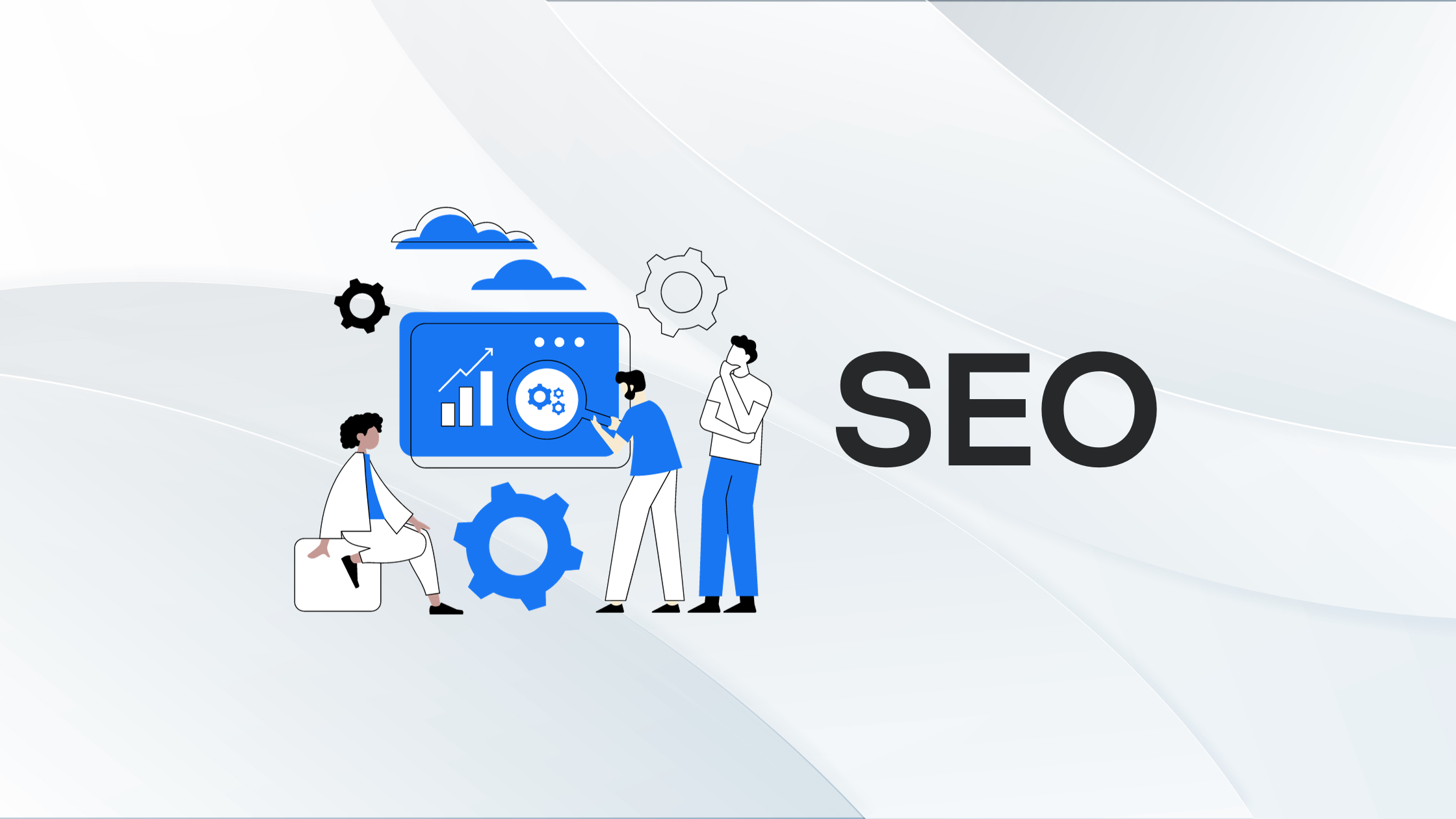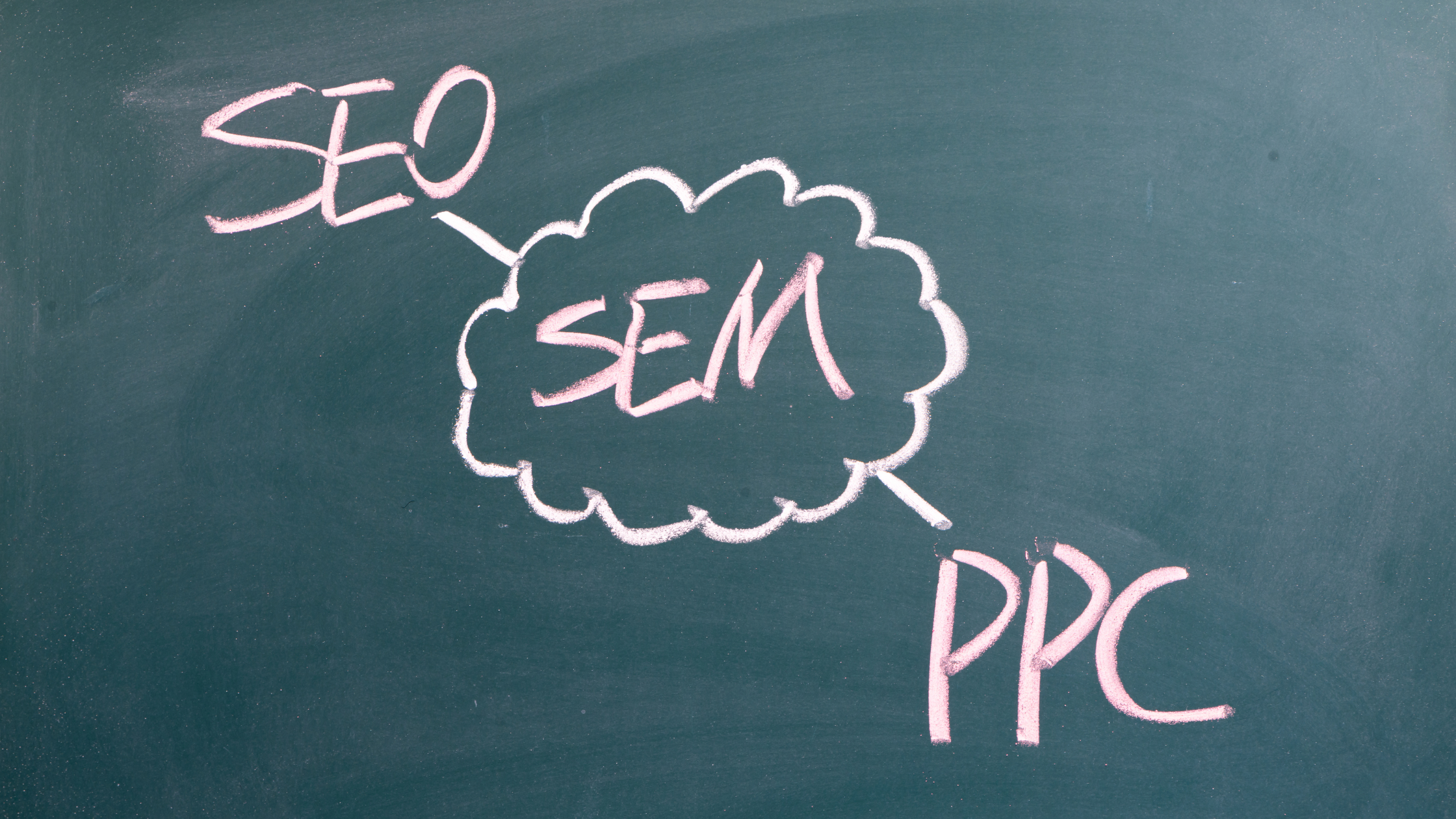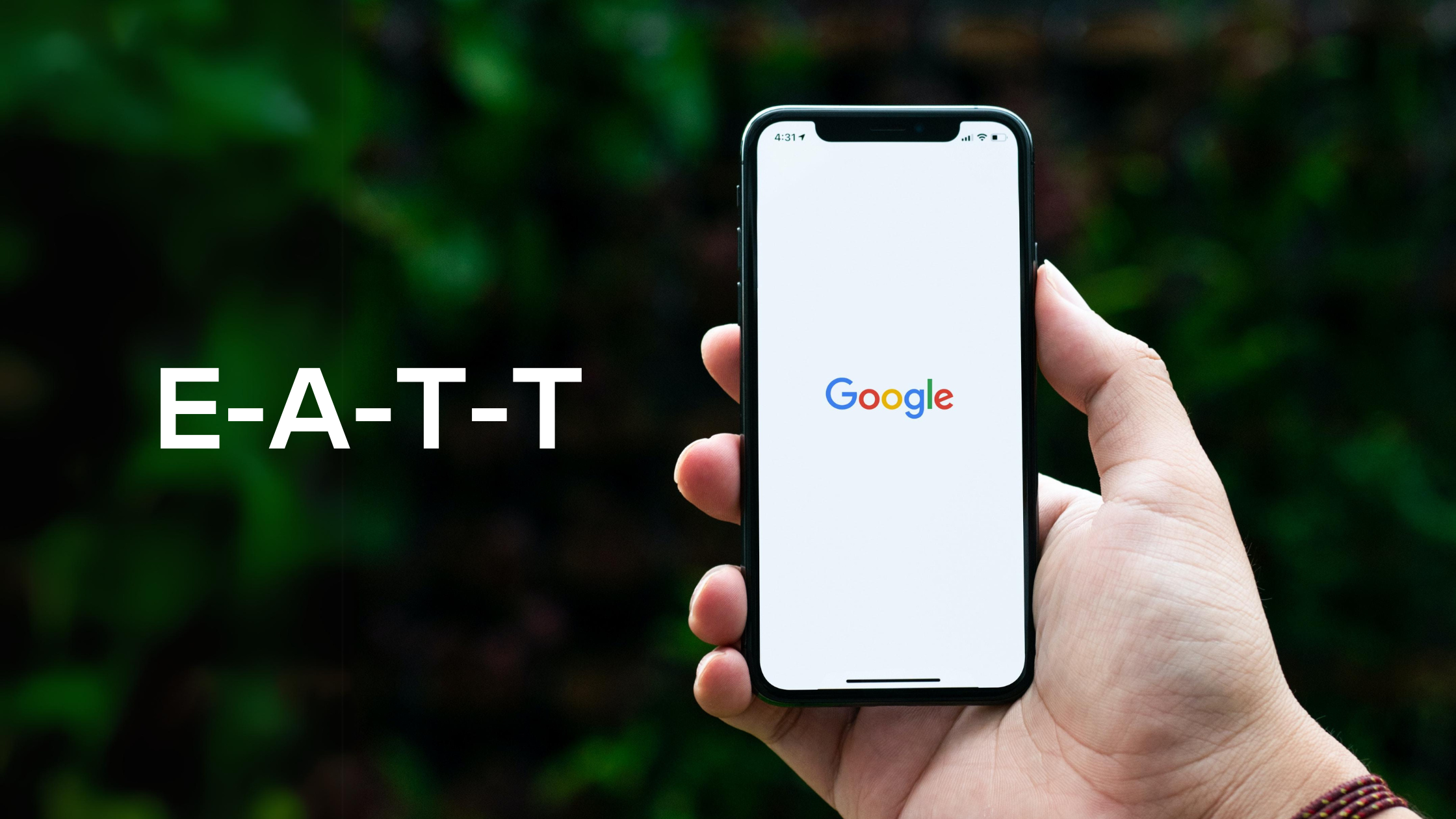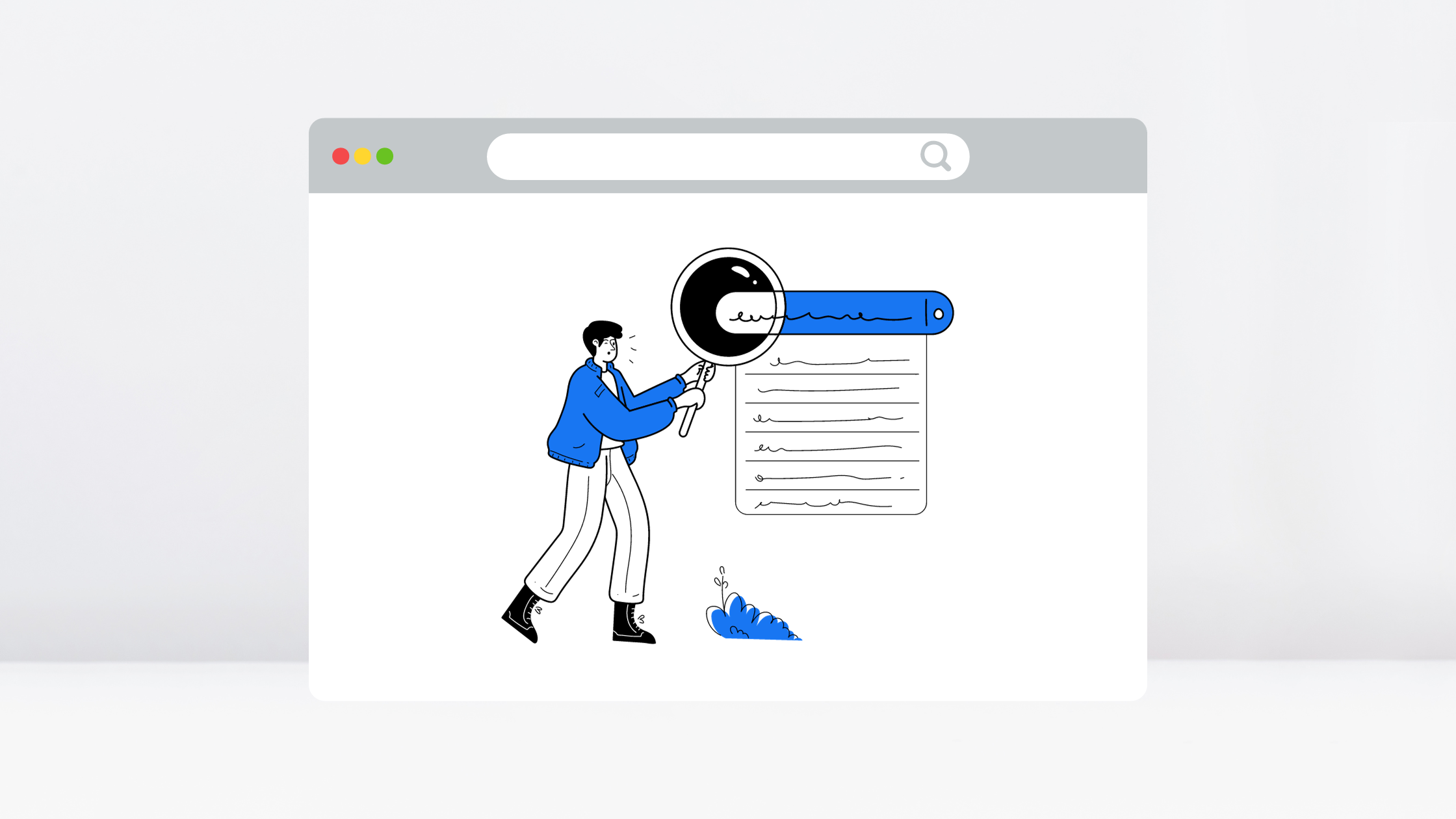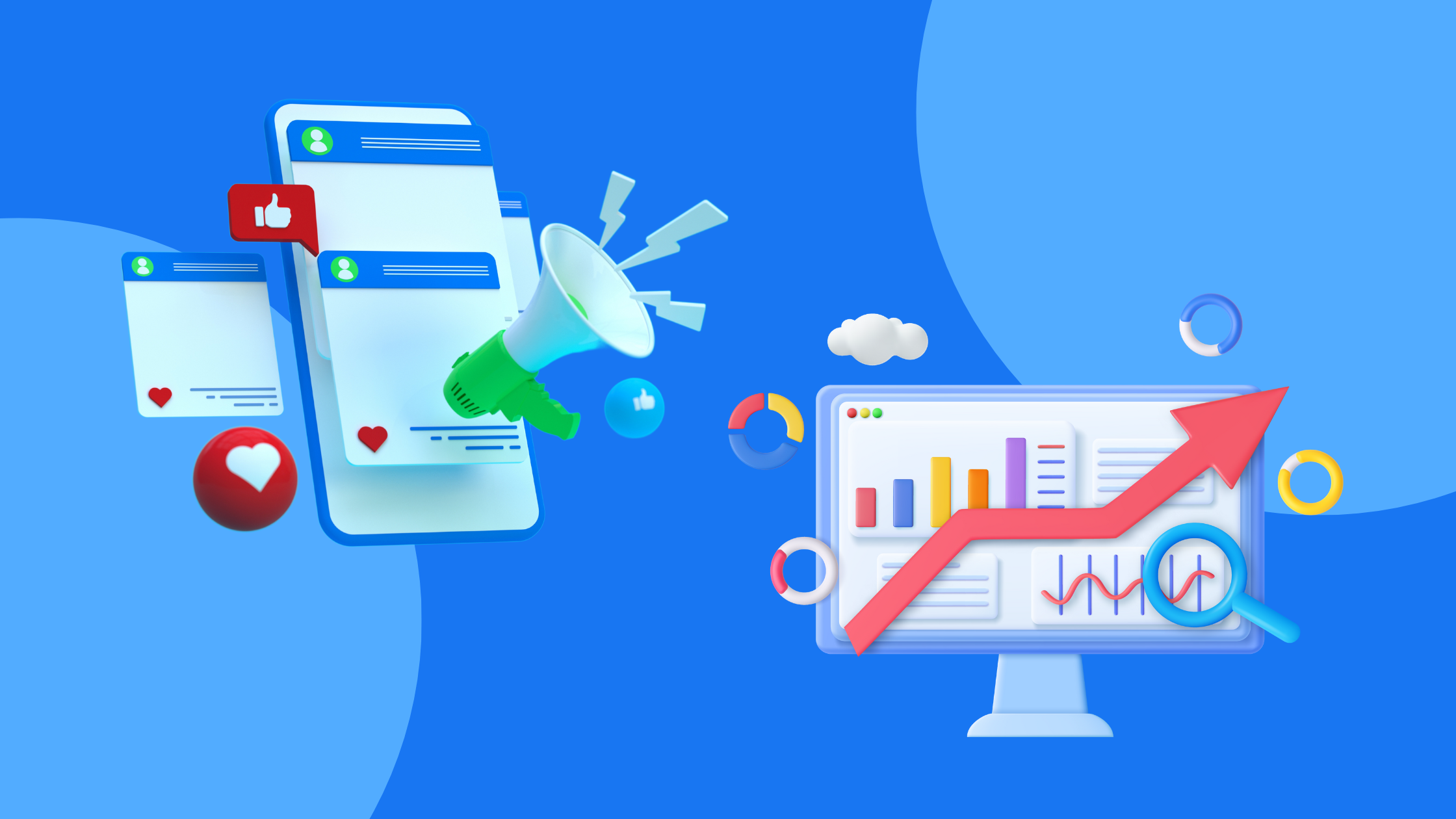Local SEO: Move up in the Rankings
Major search engines like Google placing priority on relevance, location, ease-of-navigation, and popularity means organic link building and local SEO strategies are a must for local businesses. Learn How to move up in SEO Rankings on your site.
If you own (or do online marketing for) a local business, you understand the challenges that come with local campaigns vs. that of a non geo-specific brand. Whether you’re just getting started in these efforts or have been working on your online presence for quite some time, SEO is your long game.

Expecting new customers to flock to your site as soon as your SEO program kicks in may be wishful thinking, but brand awareness grows steadily and achieves optimal results after about six to nine months. With a focus on relevance, location, ease-of-navigation, and popularity, here are four actionable steps to create conversion-worthy local SEO:
Step One: Set up or Claim Your Google My Business Listing
If nothing else, go to Google My Business to claim and complete your business listing for EACH location. For more detailed instructions about the setup process, use resources that thoroughly explain the process, like this one. to help you move up in SEO rankings. After setting it up, simply be sure of the following:
- Choose a consistent name, address, and phone number (NAP) to be represented across the web. The NAP that appears on your business listing should also appear on your website and other business listings.
- Studies indicate that using local numbers leads to more conversions
- Choose your category(ies) strategically. Google recommends choosing only one that best suits your business; however, some businesses require multiple. Using a Google Places Category Tool provides assistance if you’re feeling lost.
- Complete the profile as thoroughly and accurately as possible. Include product and serve or location-based keywords in your profile.
- Include photographs of owners, employees, logo, and building. As with all marketing materials, using a quality photographer and photographs creates a clear path to credibility and trust with visitors to the site.
Step Two: Local On-Page SEO Factors
- On-page SEO for local businesses conforms to some pretty old school SEO tactics. There’s quite a large weighting towards the on-page content in the local search listings, so it’s important that, where possible, you squeeze the most value out of your content. This will help you really move up in SEO rankings.
- Embed a Google map with your business marker into your landing page.

Step Three: Strategically Campaign for Organic Link Building
- Links (which are viewed as a sign of popularity), location and relevance are the three factors to land the hyper-local results that Google aims to provide. Place links on the following platforms and read these further link-building strategies:
- Social media posts
- Sign up to press request services to get quoted in local publications (huge potential for high authority, local links).
- Blog posts and guest blog posts
- Advertising video descriptions
- Run regular competitive link research and capitalize on any new opportunities that your competitors have gained.
- Acquire backlinks – links from another site to your site – primarily through the development of good content.
- Link to other quality industry or area websites/blogs from your website and content. Notify them that you’ve linked out to them.
- Create shareable content – lists of “best places to stay in Chicago”, “things to do at Christmastime in Chicago”, etc and share via social media, email and with other industry bloggers/websites.
- Use niche-specific and business directories (albeit sparingly) to generate more links.
Step Four: Audit and Track SEO with SaaS Technologies
- If you aren’t currently auditing and tracking your SEO, then you’re probably losing revenue. In 2017, SEO seems to be moving away from automated practices and back towards more manual management efforts. However, when it comes to tracking results, more companies will be relying on software-as-a-service (SaaS) solutions for the following benefits:
- Ensuring business listings are updated with appropriate content.
- Social content publishing.
- Citation distribution to hundreds of directories.
- Pin verification (giving exact latitude and longitude of a location).
- Citation analysis (making sure NAP is relevant on all directory locations).
- Compiling reviews from various sources.
- It’s important to note that many SaaS platforms have revenue sharing agreements and thus provide paid inclusion programs that help update your listings faster and with additional enhanced content fields (for a price). However, paid inclusion programs can only be leveraged to improve ranking in local business directories, such as Yelp, 411.com, Local.com, etc. Major search engines and organizations like Google, Bing, and Apple do not allow these types of paid programs to influence organic ranking.
TL;DR
- Get your Google My Business page set up.
- Optimize all of your landing pages with local keyword data.
- Focus on localized organic link building.
- Cumulatively manage and track your SEO using an SaaS platform.
- Move Up In SEO Rankings
If you want to improve your efforts with local search optimization, you can hire a professional consultant, or you can learn SEO and perform your own optimization. If you’d like to hire a professional, learn more about our SEO consulting services here at RLC Media.
/http://www.rlcmedia.com

